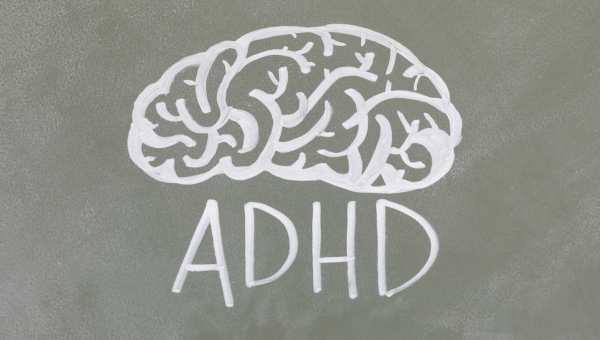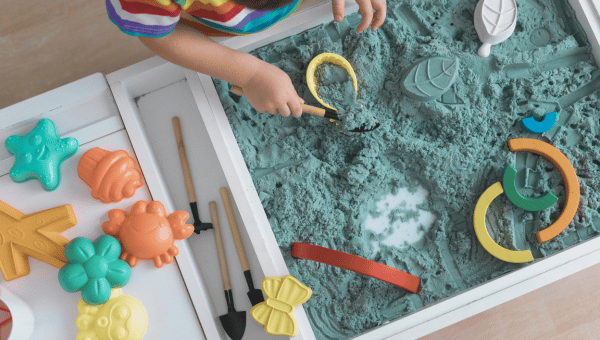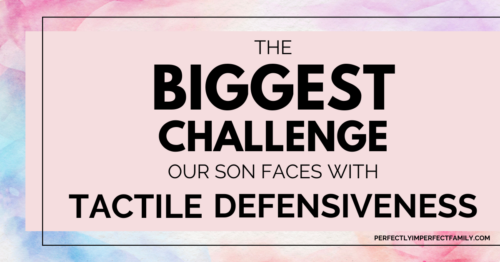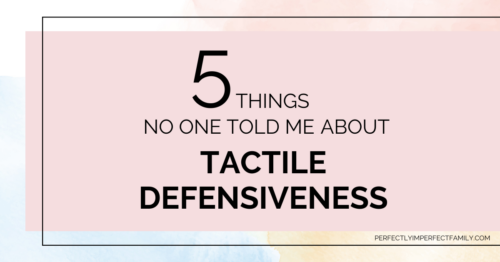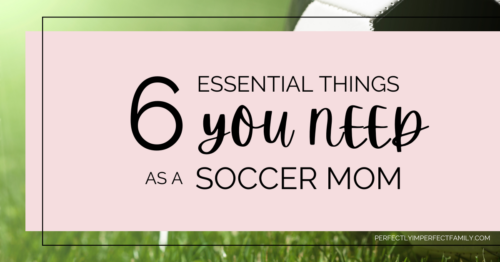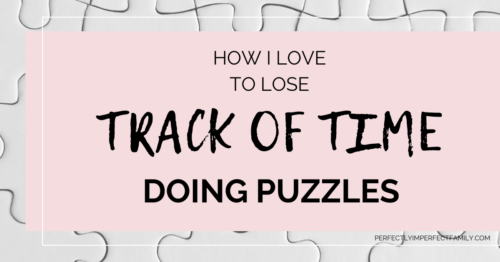The Greatest Gift Ever For Hot Cocoa!
My family loves hot cocoa, especially in the winter, but making it for everyone used to take time. Then we discovered the Keurig Coffee Maker! It makes hot cocoa in under a minute with K-Cup pods in countless flavors. It's become our favorite gift, and we highly recommend it to fellow hot cocoa lovers!
The Biggest Challenge Our Son Faces with Tactile Defensiveness
Our son’s tactile defensiveness diagnosis has led to a years long challenge with eating, particularly due to sensory issues in his mouth. His limited food preferences, like chicken nuggets and mac and cheese, have made meals a struggle. While he’s improved, getting him to try new foods, especially fruits, veggies, or soup, remains a challenge.
5 Things No One Told Me About Tactile Defensiveness
Over the years, I’ve learned that tactile defensiveness is lifelong, not just a phase. Explaining it to family, teachers, and doctors was often difficult, as many were unfamiliar with it. The biggest challenge was helping our son with meals, as people mistook it for pickiness. Yet, we still cherish each small milestone, like him finally eating new foods.
6 Essential Things You Need as a Soccer Mom
As a soccer mom, I’ve learned that having the right gear makes a huge difference. Essential items include a high-quality folding chair, a sports umbrella for sun or rain, insulated blankets for cold games, water bottles for everyone, cooling towels for hot days, and an activity bag for younger siblings. These essentials help make game days more enjoyable!
Halloween Children’s Books That I Love To Read
I believe in the importance of teaching kids to read and fostering a love for it. In our household, Halloween-themed books are a fun way to get my children excited about reading. Here’s a list of our favorite Halloween books, which we enjoy reading together every season. Happy reading, and I hope you enjoy them too!
How I Love to Lose Track of Time Doing Puzzles
I love putting puzzles together; it’s my go-to activity for relaxation. Time seems to fly by when I’m focused on a puzzle. Whether it’s a holiday puzzle with my kids or a challenging 1000-piece one, we always enjoy working on them together. Puzzles are not only fun but also educational and creative, making them a family favorite!

